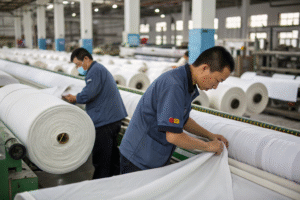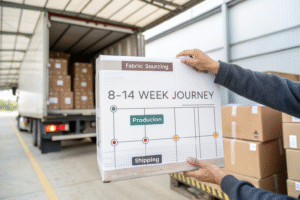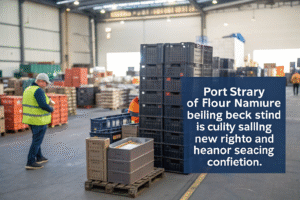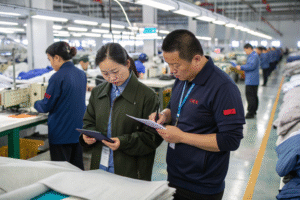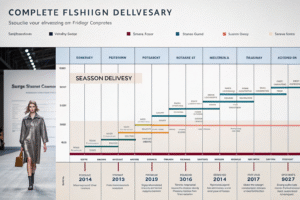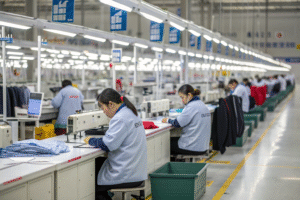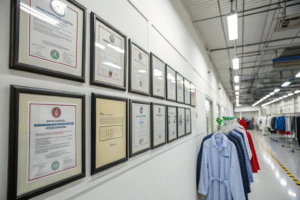The political winds shifted—and with them, the fabric of American manufacturing. Many U.S. apparel businesses felt both hope and anxiety as Trump’s policies unfolded.
U.S. apparel manufacturers under Trump faced rising tariffs, labor shifts, and complex regulatory changes. While some sought to reshore, others struggled with cost spikes and unpredictable trade policies.
If you’re in the clothing business, understanding the Trump-era ripple effects is key to planning ahead—even years later, his policies still shape today’s trade and production landscape.
How Trump's Policies Impact U.S. Apparel Manufacturers
Trump promised to bring jobs back to America. But for many apparel manufacturers, the reality was more nuanced—and often, more painful.
Trump’s trade and immigration policies disrupted supply chains, increased operational costs, and forced U.S. apparel manufacturers to reevaluate their sourcing strategies.

What were the key policy changes affecting U.S. clothing production?
From 2017 onward, several executive actions, tariffs, and reshoring incentives1 reshaped the apparel landscape. Factories were caught between “America First” goals and global dependency on affordable imports.
| Policy Move | Apparel Industry Result |
|---|---|
| China tariff escalation2 | Higher costs for imported fabrics |
| NAFTA renegotiation (USMCA)3 | Rule changes on regional inputs |
| Immigration crackdowns | Labor shortages in U.S. factories |
| Tax reforms | Mixed results on reinvestment |
Some small U.S. factories reported short-term gains in visibility—but long-term sustainability remained uncertain as costs climbed.
Did reshoring actually increase?
Not significantly. While Trump encouraged “Made in USA,” most apparel production remained overseas due to cost. Even brands that tried reshoring often relied on imported fabric, still affected by tariffs. A partial reshoring model emerged—design in U.S., produce in Mexico or Central America.
U.S. Apparel Industry Challenges Under Trump's Leadership
It wasn’t just tariffs. The entire system—from logistics to labor—was under pressure. U.S. apparel faced operational uncertainty, squeezed margins, and shifting global dynamics.
U.S. apparel companies struggled with rising production costs, reduced workforce stability, and volatile market conditions under Trump’s administration.
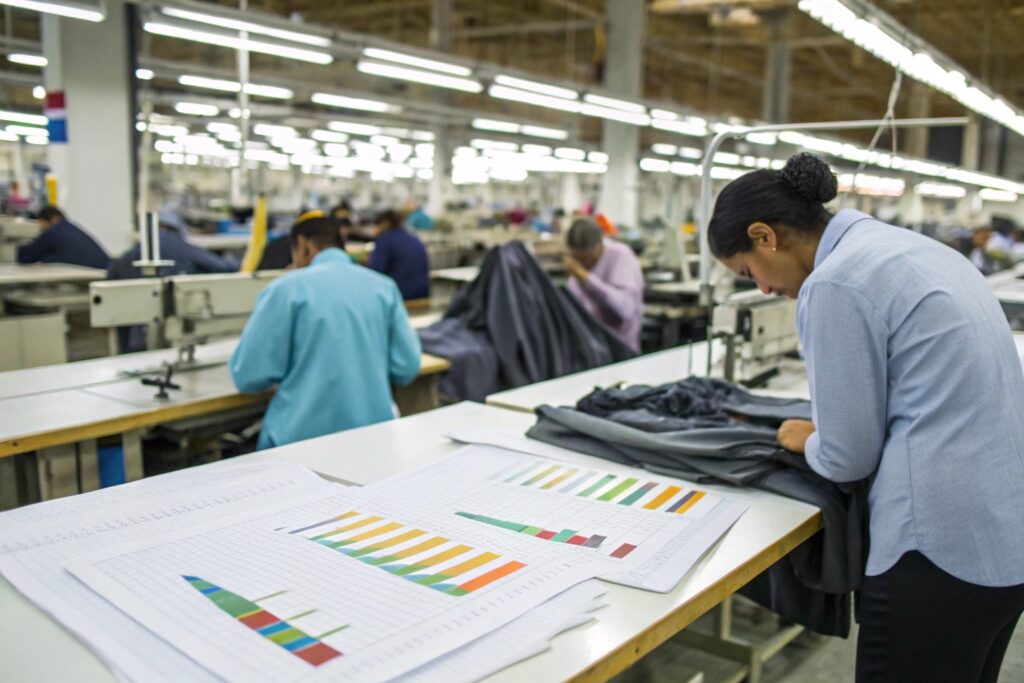
Why did many U.S. brands feel caught in the middle?
Apparel brands source globally but sell locally. Trump’s protectionist stance4 complicated that balance. Brands had to react fast—sometimes moving production from China to Vietnam, or passing higher costs to consumers.
| Challenge Area | Trump-Era Effect |
|---|---|
| Cost of goods | Tariffs raised material expenses5 |
| Labor access | Tighter immigration hit skilled workers |
| Logistics | Trade friction slowed deliveries |
| Consumer pricing | Increased prices reduced competitiveness |
At Fumao, we worked with U.S. clients who paused production just to understand new customs rules. The lack of clarity caused delays and missed seasons.
How did brands manage compliance and rule shifts?
Some turned to consultants or invested in compliance software6. Others formed regional partnerships to limit exposure. Still, uncertainty remained high. One buyer told us: “We no longer know what will cost more next month.” That instability shaped sourcing choices across the board.
Trade Tariffs and Their Effect on U.S. Clothing Brands
Tariffs were at the heart of Trump’s economic playbook. But for clothing brands, they weren’t just numbers—they were existential threats.
Trade tariffs during the Trump years drove up costs for fabrics, trims, and finished goods—pressuring U.S. clothing brands to raise prices, shift sourcing, or shrink margins.
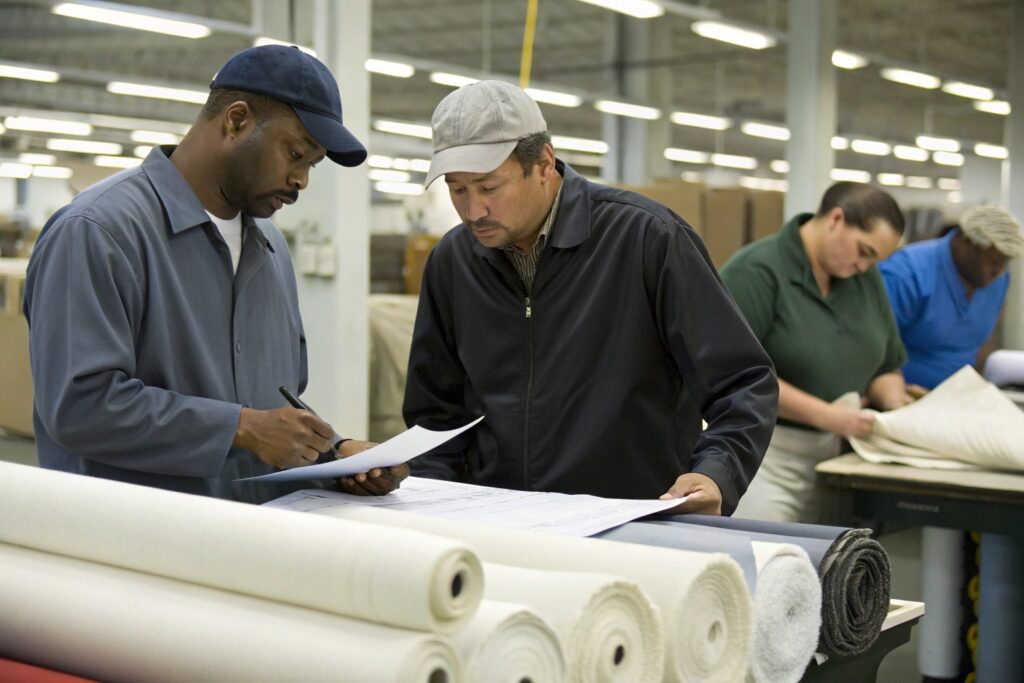
Which categories were hit hardest?
The 301 tariffs on Chinese goods7 covered everything from zippers to outerwear. Some finished goods had tariffs up to 25%. Suddenly, price points that worked in 2016 no longer made sense by 2019.
| Product Type | Tariff Rate (Approx.) |
|---|---|
| Synthetic outerwear8 | Up to 25% |
| Cotton shirts | 15–20% |
| Footwear | Variable (up to 30%) |
| Zippers & trims | Often included |
Brands had to either raise retail prices or accept tighter profits. Both were risky.
What strategies helped brands survive?
Some moved operations to non-China countries like Bangladesh or Indonesia. Others negotiated volume discounts with suppliers. A few launched “Made in USA9” capsules—but even then, tariffs on imported components cut into the gain. Collaboration and agility were key.
Navigating the Uncertainty for U.S. Apparel Companies
Trump’s era was marked by one word: unpredictability. And in fashion, timing and planning are everything.
U.S. apparel companies had to navigate trade volatility, shifting regulations, and global backlash—making long-term planning nearly impossible.

How did this uncertainty affect sourcing strategies?
Buyers started splitting orders across regions to hedge risk. Instead of 100% in China, it became 40% Vietnam, 30% China, 30% Mexico. But managing multi-country compliance raised complexity and cost.
| Reaction Strategy | Purpose |
|---|---|
| Regional diversification10 | Reduce dependency on one market |
| Shorter production runs | Lower risk exposure |
| Flexible lead times | Adapt to shipping delays |
| New legal support | Handle customs, paperwork |
At Fumao, we noticed more U.S. clients asking about nearshoring options11 or DDP shipping to ease customs concerns.
What long-term lessons did brands take from this era?
Many now prioritize agility over cost12 alone. Resilience has become a core KPI. The Trump era taught us: geopolitics can reshape fashion overnight. The brands that survive are the ones ready to pivot fast—with or without warning.
Conclusion
Trump’s policies reshaped U.S. apparel manufacturing. Some brands adapted, others stalled. But all learned a vital lesson: fashion isn’t just about fabric—it’s about policy, planning, and pivoting under pressure.
-
Discover the role of reshoring incentives in the apparel industry and their impact on domestic manufacturing trends. ↩
-
Explore how the China tariff escalation affected costs and sourcing in the apparel industry, providing insights into current market dynamics. ↩
-
Learn about the changes brought by the USMCA and their implications for regional inputs in clothing production. ↩
-
Understanding Trump's protectionist policies can provide insights into the challenges faced by U.S. brands in global sourcing. ↩
-
Exploring the effects of tariffs on material costs can help brands strategize better in a fluctuating market. ↩
-
Finding the right compliance software can streamline operations and help brands navigate complex regulations effectively. ↩
-
Understanding the implications of these tariffs can help businesses strategize effectively in a changing market. ↩
-
Explore how tariffs affect pricing and market dynamics for synthetic outerwear, crucial for retailers and consumers alike. ↩
-
Discover the advantages of 'Made in USA' initiatives, which can enhance brand loyalty and market positioning. ↩
-
Understanding regional diversification can help businesses reduce dependency on single markets and enhance resilience. ↩
-
Exploring nearshoring options can provide insights into reducing shipping times and customs complexities, crucial for modern supply chains. ↩
-
Learning about the importance of agility can help brands adapt quickly to market changes and geopolitical shifts, ensuring long-term success. ↩




